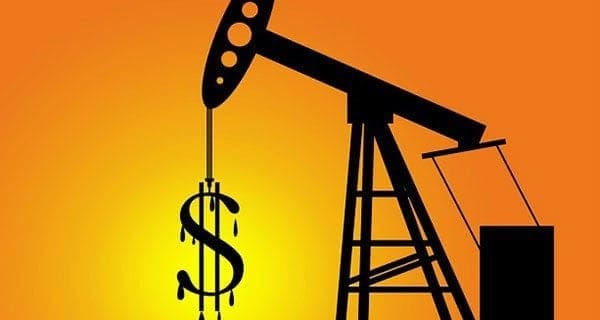Canada’s natural resource sector is a key economic driver for the country – but the sector is still struggling.
According to a report released on Wednesday by Statistics Canada, real gross domestic product (GDP) of the natural resources sector fell 1.9 per cent in the first quarter, the largest decline since the second quarter of 2016.
“The decline in natural resources GDP was broad-based, as all subsectors – energy, mining, forestry, as well as hunting, fishing and water – declined for the second consecutive quarter. By comparison, real GDP for the total economy rose 0.1 per cent, the same growth rate as in the fourth quarter of 2018,” said the federal agency.
“Real natural resources GDP in the energy subsector contracted 1.7 per cent, largely owing to a 1.4 per cent decline in crude oil extraction coupled with a 5.0 per cent drop in the production of refined petroleum products. Much of the decrease occurred in January, partly the result of the Government of Alberta’s adoption of a temporary cut in oil production.”
StatsCan said GDP of the mineral and mining subsector declined 2.9 per cent, the sharpest drop since the second quarter of 2013. The declines in metallic (-2.3 per cent) and non-metallic (-5.6 per cent) mineral products were due primarily to lower international demand.
It said natural resource exports fell 3.8 per cent in the first quarter, following a 0.8 per cent drop in the fourth quarter of 2018. Exports of energy (-4.2 per cent) and mineral (-3.7 per cent) resources declined.
“In nominal terms, rebounding prices of exported crude oil raised the value of energy exports by 25.0 per cent, nearly offsetting the 33.9 per cent drop in the previous quarter, while nominal imports of crude oil edged down 0.2 per cent,” said Statistics Canada.
“Expressed as an annual rate, nominal GDP of natural resources rose 0.6 per cent to $236.0 billion, representing 11.3% of the Canadian economy. Within natural resources, the energy subsector’s share remained the largest at 67 per cent, followed by the minerals and mining subsector, at 21 per cent, and the forestry subsector, at eight per cent. Hunting, fishing and water accounted for the remaining four per cent in the quarter.
“Nominal GDP of crude oil extraction grew 7.9 per cent, following a sharp drop (-22.1 per cent) in the fourth quarter of 2018. The overall nominal GDP growth was moderated by a 1.0% decline in mineral and mining, coupled with a 2.3% drop in the forestry subsector’s nominal GDP.”
StatsCan said overall employment in the natural resources sector decreased by about 3,500 jobs (-0.6 per cent). The largest drop occurred in the energy subsector (2,780 jobs), followed by forestry (450) and minerals and mining (350).
The views, opinions and positions expressed by columnists and contributors are the author’s alone. They do not inherently or expressly reflect the views, opinions and/or positions of our publication.


